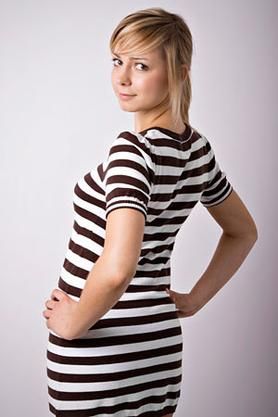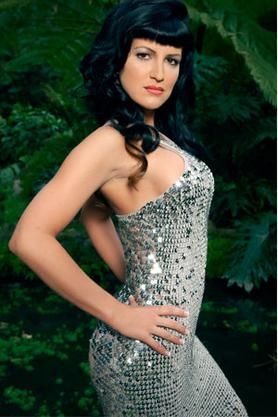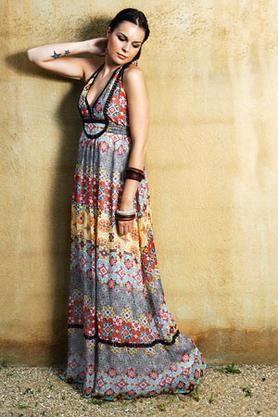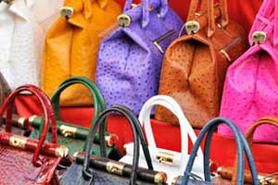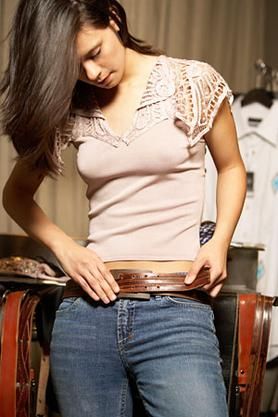For an industry that prides itself on creativity, fads and the tendency to push the sartorial envelope, fashion sure has a lot of rules, doesn't it?
You probably know a lot of these rules, and maybe you've even passed on an outfit because you once heard that stripes can make you look heavy. A lot of these rules have been around for decades, but are the same rules that were valid 20 ago completely off the mark today? Just pay attention to the runway at any fashion show and you're bound to see standard fashion advice thrown to the wayside.
Advertisement
So can you wear white after Labor Day? Is it OK for tall women to wear high heels? We're digging up the truth on 10 fashion dos-and don'ts.



